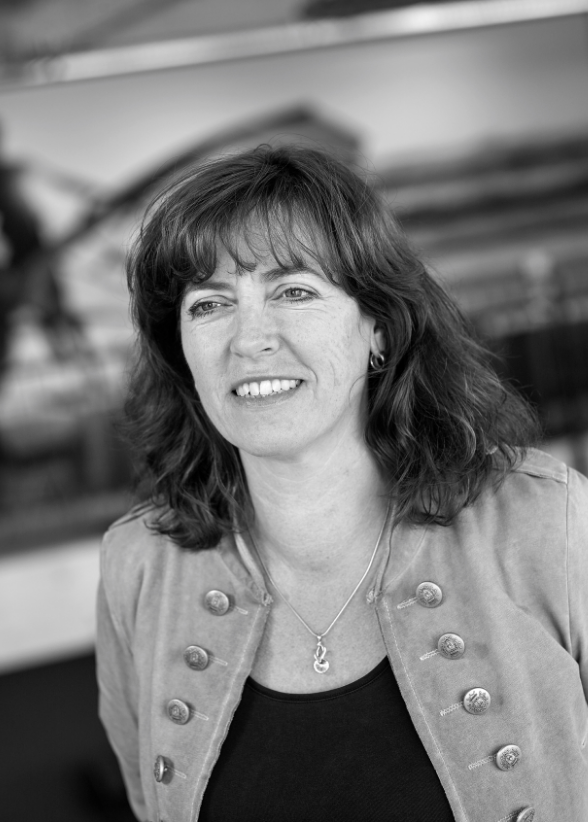Samenvatting
Climate change is a global problem that also affect the Netherlands. An important factor impacted by climate change and thus sea level rise is flood safety.
leerinstelling
- HZ University of Applied Sciences
studenten
- Daan Woltjer
- Janneke Janssen
- Joost van Eenennaam
- Rachel de Groot
- Rahaf Hasan
- Stiaan Gerrits
- Tim Hoogkamp
mentoren
- Carlien Nijdam
In the province of Zeeland flood safety is greatly enhanced due to the Eastern Scheldt Barrier, which in extreme conditions (water levels more than 3m above NAP) is able to close its 62 sluice gates to protect the land behind it. The area around the Eastern Scheldt Barrier is subjected to erosion by (on average) southwest winds and waves, and occasional Northwest storms.
This barrier was only built to withstand a total sea level rise of 1 meter. Due to unfavorable prospects, it is necessary to explore options to reduce erosion by wave- and wind energy in both normal and extreme conditions. This research explores the option of a breakwater near the coast and the Eastern Scheldt barrier.
To be more specific, the optimal location, shape and design of the breakwater is researched, as well as the use of marine bio-builders and possible multifunctionality of a breakwater. The former was explored by researching three possible sites for the breakwater, where the following criteria were used to determine the suitability for reaching the desired results:
- Position and coastal protection
- Impact on tourism (Burgh-Haamstede)
- Impact on shipping
- Impact on flora and fauna
- Sustainability
- Cost
Using these criteria, it was found that variant 3 is the most favorable variant.
Moreover, research into bio-builders showed positive prospects for implementation of biobuilders in the breakwater. Bio-builders can be used to stabilize sediment on the leewards side of the island.
Concerning multifunctionality, there are chances for eco-tourism, energy and aquaculture.
Meer weten?
